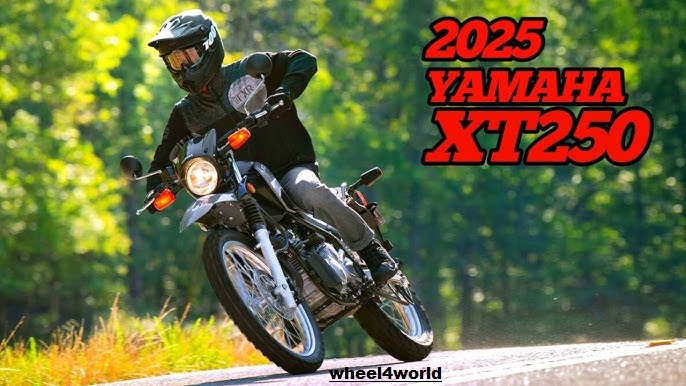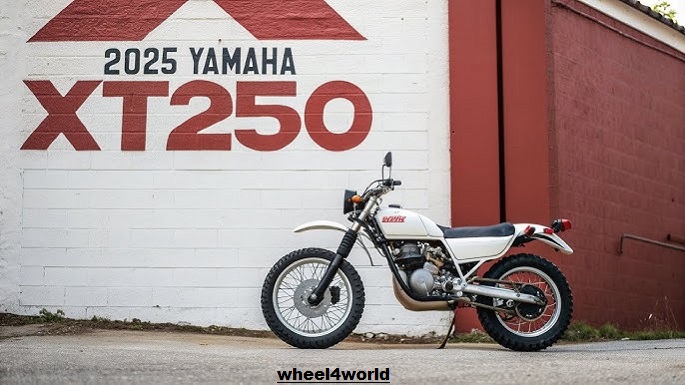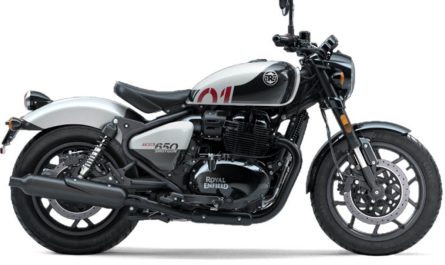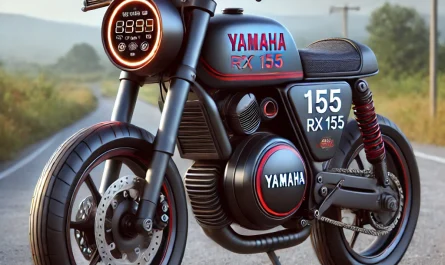The Yamaha XT250 is one of those rare motorcycles that manages to blend practicality, fun, and affordability in a single package. Designed as a true dual sport, it offers the versatility to handle city commutes, weekend trail rides, and even light adventure trips without breaking the bank. With its excellent fuel economy, approachable seat height, and a long reputation for reliability, the Yamaha XT250 has become a favorite for beginners, shorter riders, and anyone who wants a lightweight bike that just works. In this detailed Yamaha XT250 review, we’ll explore its performance, features, strengths, and weaknesses, along with insights from real riding experiences to help you decide if this is the right motorcycle for you.

Why the Yamaha XT250 Stands Out in the Dual Sport Segment
The Yamaha XT250 has been in production for decades, but the modern version made its debut in 2008 and received fuel injection in 2013, making it far more refined and adaptable to different conditions. Since Yamaha discontinued the WR250R about five years ago, the XT250 has remained their primary small-displacement dual sport offering. This bike maintains a traditional 5-speed transmission, air-cooled 249cc single-cylinder engine, and rugged 21-inch front / 18-inch rear spoked wheels. Its biggest advantage is its approachable 31.9-inch seat height, which makes it one of the lowest dual sports on the market without sacrificing the 11.2 inches of ground clearance needed for off-road riding.
This balance of low seat height and decent clearance is a major selling point, especially for beginners or shorter riders who might struggle with taller bikes. Unlike other models that achieve low seat heights by reducing suspension travel and ground clearance, the Yamaha XT250 manages to keep both comfort and capability intact.
Yamaha XT250 Seat Height vs Ground Clearance Comparison
| Yamaha XT250 | 31.9 in | 11.2 in |
| Yamaha TW200 | 31.1 in | 10.4 in |
| Kawasaki KLX230 S | 32.7 in | 8.3 in |
| Honda CRF300L | 34.7 in | 11.2 in |
This table highlights how the XT250 offers one of the most beginner-friendly seat heights while maintaining solid ground clearance for trail obstacles like rocks and logs.
Performance and Riding Experience
The Yamaha XT250 produces around 17 horsepower to the rear wheel, which is modest compared to larger dual sports but entirely adequate for its intended use. This is not a high-compression performance engine, but rather a smooth, forgiving motor perfect for learning and low-speed technical riding. On the road, Yamaha rates the XT250’s top speed at about 76 mph (122 km/h), but with some minor modifications like an aftermarket exhaust and EFI tuner, riders have achieved speeds of up to 82 mph (130 km/h). While this means the XT250 can handle highway stretches, it’s best suited for short commutes or backroad cruising rather than extended high-speed travel.
The real charm of the Yamaha XT250 comes off-road, where its light weight (around 291 lbs / 132 kg wet), slim profile, and predictable handling make it an easy bike to maneuver. Its spoked wheels handle rough terrain well, and the 21-inch front tire rolls over obstacles with confidence. The suspension is basic but functional, although heavier riders or those tackling aggressive off-road trails might want to upgrade the springs or fork internals.
Fuel economy is one of the XT250’s strong points, with most riders reporting between 74 and 76 mpg (31–32 km/l). The standard 2.6-gallon (9.8-liter) tank provides a range of roughly 197 miles (317 km), making it great for weekend rides without frequent fuel stops.
Affordability and Running Costs
One of the Yamaha XT250’s biggest appeals is its affordability, both in purchase price and maintenance. The current MSRP sits at $5,399, but the used market is full of clean, well-maintained examples for much less. The model’s long production run means parts are widely available, and Yamaha’s reputation for reliability means fewer mechanical headaches over the years.
Below is a quick comparison of pricing and weight against other popular dual sports:
| Yamaha XT250 | $5,399 | 291 lbs |
| Honda CRF300L | $5,699 | 309 lbs |
| Kawasaki KLX230 | $4,999 | 293 lbs |
| Suzuki DR-Z400S | $7,199 | 317 lbs |
From this table, it’s clear that the Yamaha XT250 is competitively priced and lighter than many of its rivals, making it easier to handle for beginners.
Key Upgrades and Modifications
Many owners choose to make small upgrades to the Yamaha XT250 to enhance performance and comfort. For example, replacing the stock exhaust with a Delkevic system and adding an EJK fuel controller improves throttle response and overall rideability, especially when paired with a high-flow air filter. Bar risers and high-sweep handlebars make the riding position more comfortable for taller riders, while wider aftermarket foot pegs greatly improve control when standing.
Another popular addition is a rear luggage rack, which increases the bike’s practicality for commuting or light adventure touring. For those riding in wet or muddy environments, adjusting or replacing the split front fender can help prevent clearance issues with knobby tires.

The Fuel Injection Advantage
The post-2013 Yamaha XT250 models benefit from fuel injection, which offers smoother throttle response, better cold starts, and no need for rejetting when riding at different elevations. With EFI, installing a fuel controller like the EJK is straightforward, allowing easy fine-tuning for aftermarket parts without dismantling the carburetor. This also reduces issues with ethanol-blended fuel, which can cause problems in carbureted engines over time.
Final Verdict on the Yamaha XT250
The Yamaha XT250 may not win drag races or dominate motocross tracks, but it excels in being approachable, reliable, and versatile. It’s the kind of motorcycle you can hand to a complete beginner with confidence, yet still enjoy as an experienced rider who appreciates simplicity. Whether you’re looking for a lightweight trail bike, a commuter that sips fuel, or a machine to introduce a new rider to motorcycling, the Yamaha XT250 delivers without unnecessary complexity.
It offers an inviting low seat height without compromising ground clearance, a smooth and manageable engine, and the long-term durability Yamaha is known for. With fuel injection, simple maintenance, and a friendly price tag, the Yamaha XT250 remains one of the most practical choices in the dual sport world.


